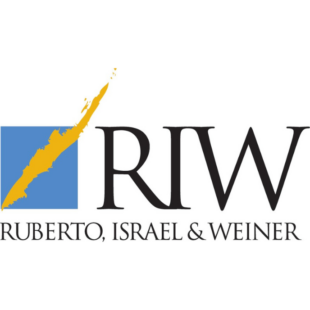After several years of pronouncements by regulators, financial markets are on track to phase out and replace the London Interbank Offered Rate, or LIBOR, beginning in 2022. With LIBOR serving as the benchmark interest rate for trillions of dollars’ worth of commercial loans, the transition will be significant. While lenders need not panic about the approaching end of LIBOR, there are practical steps they should take to ensure a smooth transition for their customers.
It has been more than three years since the regulator of LIBOR, one of the most widely used benchmarks for short term interest rates, announced, following several high profile LIBOR related scandals, that it would no longer require participating banks to report the transactions that are used to calculate LIBOR after 2021. Since then, regulators around the world have strongly encouraged financial institutions to prepare for LIBOR’s discontinuation before the end of 2021.
The U.S. Federal Reserve Bank’s Alternative Reference Rates Committee (“ARRC”), which was convened to determine an alternative rate for US Dollar denominated contracts tied to LIBOR, has recommended that the Secured Overnight Financing Rate, or SOFR, replace all $USD LIBOR rates. SOFR is produced by the New York Federal Reserve and is based entirely on actual transaction data (it is not subject to “expert judgment”), so the risk of rate manipulation is reduced.
While ARRC’s initial recommendations included both a streamlined and more comprehensive approach to including LIBOR fallback language in bilateral loan documents, its most recent pronouncement, solely recommends that lenders implement the more comprehensive of the two approaches, known as the Hardwired Approach, because it provides certainty as to what the new benchmark and rate will be and because it is more executable on a large number of transactions occurring all at once. The Hardwired Approach recommends inserting language into loan agreements that specifies what circumstances trigger transition away from LIBOR and what the successor rate and spread adjustment will be. This approach also provides for ancillary considerations like allowing conforming changes to loan documents to be made and requiring that certain notices be given.
Many lending institutions already have a process in place for addressing the discontinuation of LIBOR. Nevertheless, there may be other practical steps lenders could take to ensure a smooth transition for their customers. For example, do existing loan documents for your customers have effective fallback language? Specifically, do they contemplate the permanent end of LIBOR? If not, consider adding fallback language the next time the loan documents are amended. The guiding principle should be that if an existing loan document does not have fallback language included in it, or if it is unclear or impractical as to how it will function, consider amending the document to add thorough fallback language. As for new loans, regulators have strongly recommended that loan contracts after the end of 2021 should not use LIBOR as a benchmark.
There is no reason to panic about the approaching end of LIBOR, but it is a good idea for lenders to start planning for, and talking to customers to ensure a smooth transition.
Christopher J. Lhulier is a member of RIW’s Banking Finance & Lending group and can be reached at 617-742-4200 or cjl@riw.com. Chris is offering a complimentary presentation for your team on the details and implications of the LIBOR phaseout. If interested please click here to schedule.





